
- For PC
- For MAC
- For Linux
- OS: Windows 10 (64 bit)
- Processor: Dual-Core 2.2 GHz
- Memory: 4GB
- Video Card: DirectX 11 level video card: AMD Radeon 77XX / NVIDIA GeForce GTX 660. The minimum supported resolution for the game is 720p.
- Network: Broadband Internet connection
- Hard Drive: 23.1 GB (Minimal client)
- OS: Windows 10/11 (64 bit)
- Processor: Intel Core i5 or Ryzen 5 3600 and better
- Memory: 16 GB and more
- Video Card: DirectX 11 level video card or higher and drivers: Nvidia GeForce 1060 and higher, Radeon RX 570 and higher
- Network: Broadband Internet connection
- Hard Drive: 75.9 GB (Full client)
- OS: Mac OS Big Sur 11.0 or newer
- Processor: Core i5, minimum 2.2GHz (Intel Xeon is not supported)
- Memory: 6 GB
- Video Card: Intel Iris Pro 5200 (Mac), or analog from AMD/Nvidia for Mac. Minimum supported resolution for the game is 720p with Metal support.
- Network: Broadband Internet connection
- Hard Drive: 22.1 GB (Minimal client)
- OS: Mac OS Big Sur 11.0 or newer
- Processor: Core i7 (Intel Xeon is not supported)
- Memory: 8 GB
- Video Card: Radeon Vega II or higher with Metal support.
- Network: Broadband Internet connection
- Hard Drive: 62.2 GB (Full client)
- OS: Most modern 64bit Linux distributions
- Processor: Dual-Core 2.4 GHz
- Memory: 4 GB
- Video Card: NVIDIA 660 with latest proprietary drivers (not older than 6 months) / similar AMD with latest proprietary drivers (not older than 6 months; the minimum supported resolution for the game is 720p) with Vulkan support.
- Network: Broadband Internet connection
- Hard Drive: 22.1 GB (Minimal client)
- OS: Ubuntu 20.04 64bit
- Processor: Intel Core i7
- Memory: 16 GB
- Video Card: NVIDIA 1060 with latest proprietary drivers (not older than 6 months) / similar AMD (Radeon RX 570) with latest proprietary drivers (not older than 6 months) with Vulkan support.
- Network: Broadband Internet connection
- Hard Drive: 62.2 GB (Full client)
"I didn't have the heart to finish those brave men, I flew beside them for a long time.
They were trying desperately to get home, and I was going to let them do that. I could not have shot at them." - Franz Stigler
|
The legend of the B-17 is so awe inspiring this pitiful little tithing is almost an insult. Likely the most iconic warplane of the war, let alone American warplane, it’s legendary for shrugging off blows that would vaporize lesser aircraft and retaliating ten fold, something many players could relate to. The truth is much more sobering but the genesis of this myth was still founded in reality.
The B-17’s earliest roots started in mid 1933 as “Project A”, an USAAC engineering study for a large bomber with 5000 mile (8050 km) range, soon called the XB-15 (X for eXperimental). Subsequently in April 1933 an order to build one was issued, becoming the Boeing Model 294. In August of that same year the USAAC was looking for proposals to replace the ageing Martin B-10, so Boeing presented a smaller version of its 294, the Model 299, the future B-17.
The Model 299 was built at Boeing's own expense however it borrowed heavily from design work done on the 294/XB-15 and earlier Model 247 high speed passenger airliner. Construction progressed swiftly and on 28 July 1935 the prototype flew for first time (meanwhile significant engineering challenges delayed the massive XB-15 till 15 October 1937, also called XBLR-1 for Bomber, Long Range).
Big aircraft were rare in 1935 and while certainly not the biggest it still made a huge impression. Upon seeing the large aircraft with the (then astonishing) total of 5 machine guns pointing in every direction a Seattle Times reporter called it a “Flying Fortress”; seizing on the marketing opportunity Boeing had the term trademarked! The USAAC was ecstatic at its 252 MPH (406 km/h) cruise speed and the future look bright for Boeing, but disaster struck on 30 October 1935 when a simple oversight caused the only prototype to crash killing the pilots; the bomber contract went to the Douglas B-18 and Boeing's future was in jeopardy!
User-made screenshot made by Nagatoo_BF
|
|
Fortunately in its short lifespan the 299 gained many supporters and the USAAC staff was able to approve a contract for 13x “YB-17”, blessing the model with a military designation. It was a double blessing as Boeing could afford to do a significant rework of the design and greatly improve its performance. To prevent future accidents use of a checklist became required operating procedure and is now used for all flight operations today. The final and important piece to the Flying Fortress story was the RAF; desperate for a heavy bomber in early 1941 they received 20 of the B-17C “Fortress Mk I”. Already 5 years old the B-17 was showing its age against the lastest cannon armed fighters and combat results were disappointing, but Boeing closely followed the exploits and opinions applying the lessons for its last major redesign, the B-17E. Now bristling with 9 or more 50 caliber (12.7mm) machine guns, some in British inspired powered turrets, and other cutting edge technology it entered production just in time for America's entry into the war.
PROS AND CONS OF THE VEHICLE:
|
|
Just like the RAF experience, the Fortress could no longer outrun enemy fighters relying on defensive firepower, the same as in game. With a BR at 5.3 and up the attackers will be formidable but the Fortress was built extremely rugged so able to absorb heavy damage, but retaliation is key for survival.Upgrading “Weaponry” is vital, but it is deviously locked behind many other modules! A recommended path is Vest > Radiator (need power) > LBC-17 > Compressor > Turret 12mm > the remaining “Weaponry” (save 7.62mm as last module).
The crew is what makes a Fortress, it is critical is to recruit at least 6 gunners and train them to at least 2 bars on all 5 parameters. Finally pay for Expert (in SL), even Ace (in GE) crew qualification to get that big bonus. Also mainly upgrade Weapon Maintenance in Ground Service tab, the least important is Pilot for this lumbering bomber. This will greatly improve the quality of the gunners allowing effective AI engagement when one cannot take them over manually. This is especially useful when swarmed where AI is much better at engaging multiple targets.
|
|
|
Visit official War Thunder wiki for more information about B-17 E and B-17 G.
Out of 12,731 built about 2/3 were lost in combat and accidents. Of the some 4000 left only 46 exist today, 12 of which are flying. It is well worth the effort to go see this legend of they sky, and marvel at the brave men who flew in exceedingly hostile skies and environments, and be surprised how small it is!
Author: Joe “Pony51” Kudrna
Want to read more about the vehicles in War Thunder? Find other Vehicle Profiles on our website!
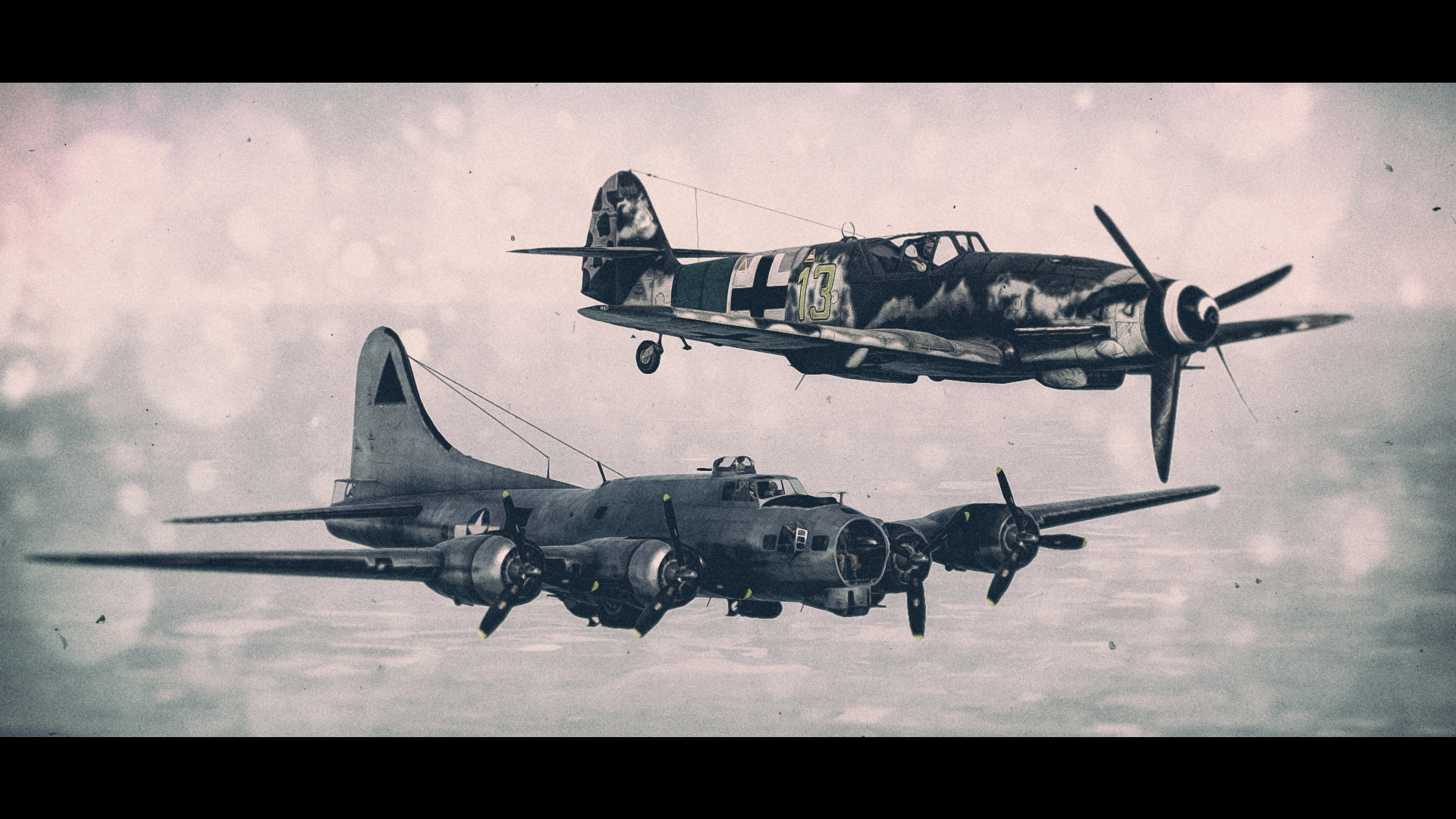
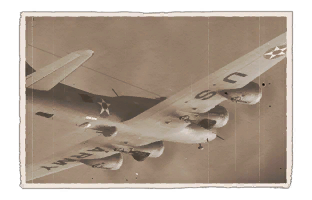
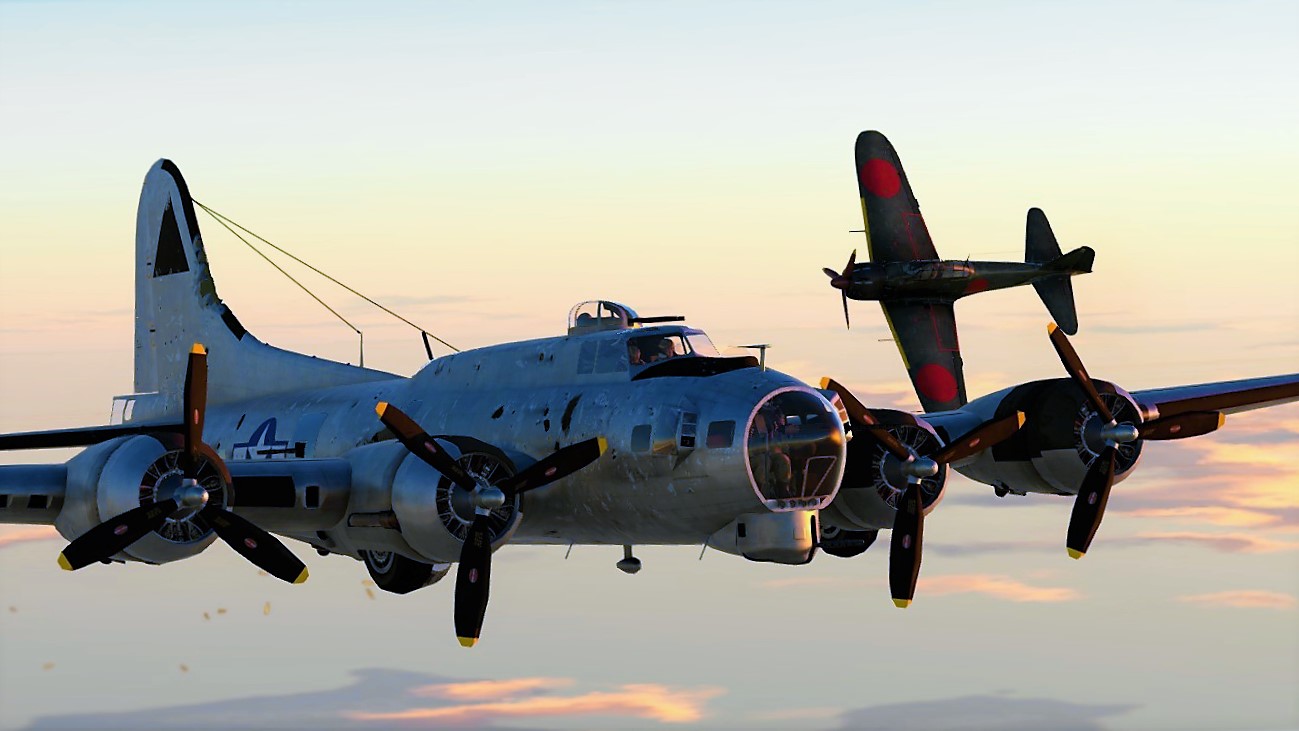
 PROS:
PROS: CONS:
CONS: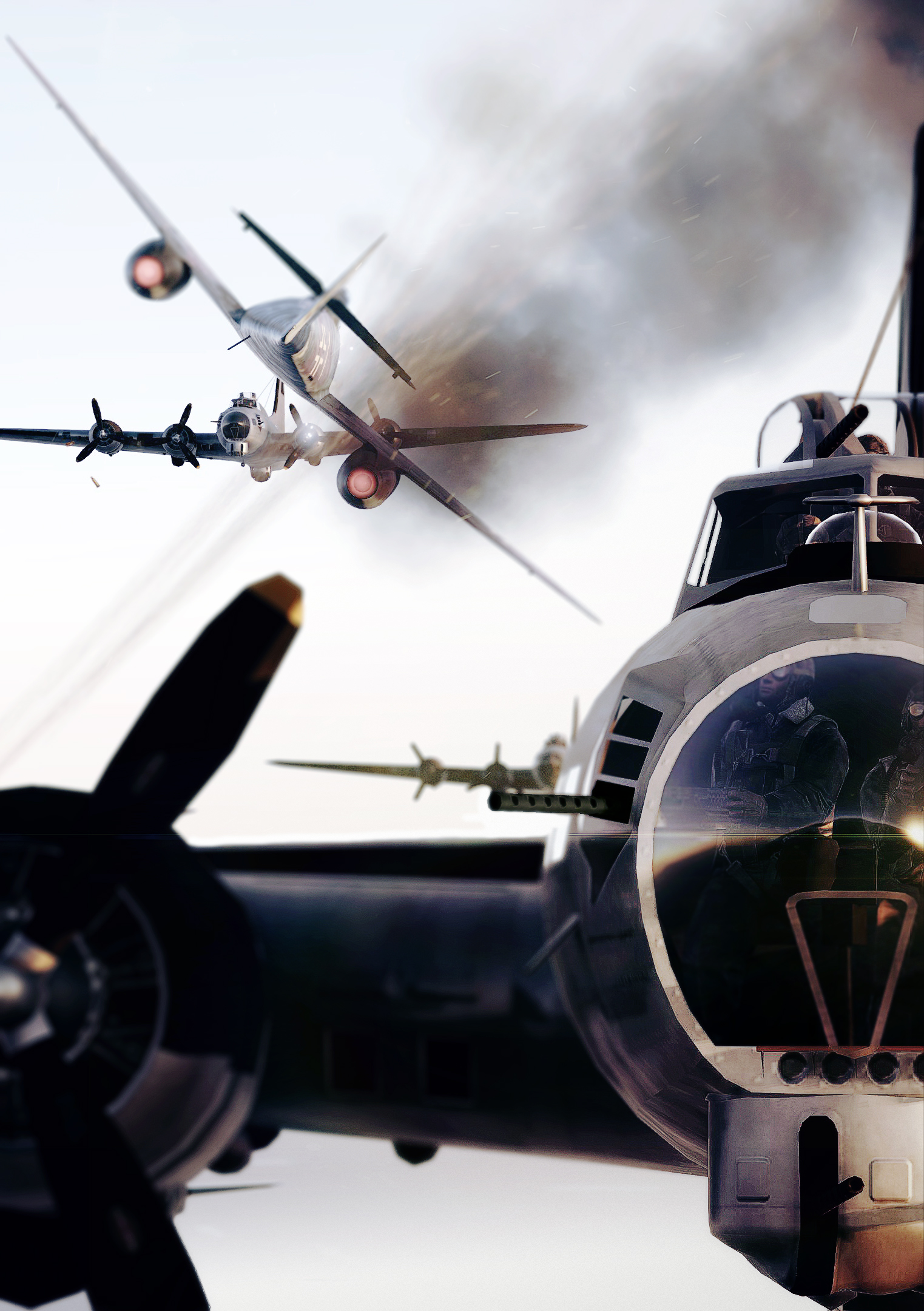

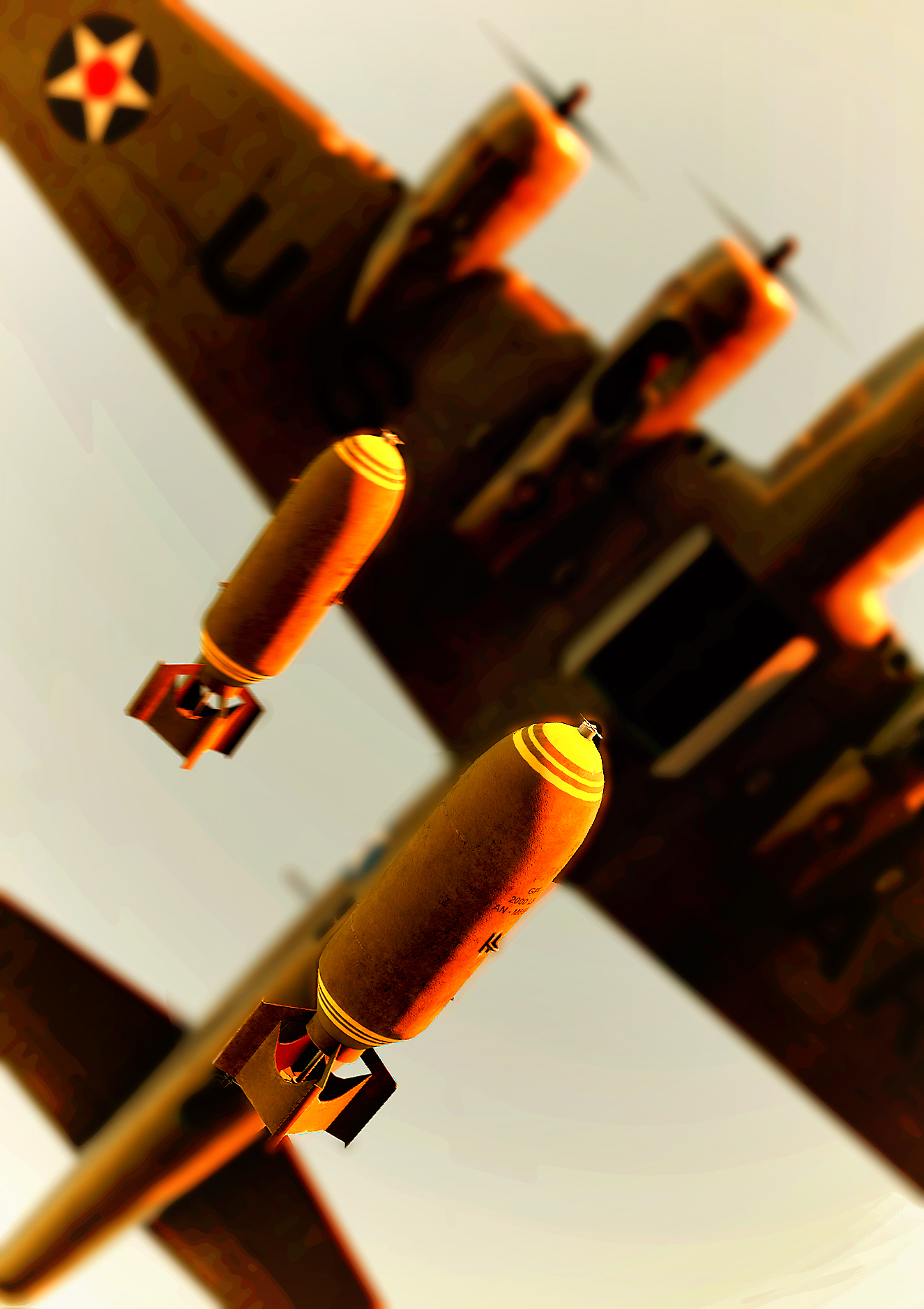




Comments (58)
Now that German ace is a good man letting them go. I can think of a few pilots who didn't let me get home.
if only the Tier 4 B-17 wouldn't be facing jets.
I find it sad you spelt his name "Frang" instead of Franz....G and Z are pretty far...after reading the book about this "A Higher Call" I have respect for both Charlie and Franz. So please, change his name to its correct format in his quote
Franz is a very respectful pilot, working in Africa and wanting to be one of the greatest Aces ever, which he was. He could've killed that B-17 to get his Cross but he didn't. He looked up to many people. he was apart of the Voegal Flight in Africa. while there, he and others would sleep in "Graves" to avoid british fire. Very interesting man...been awhile since I read the book.
Commander_Bronz, After the war,Him and Charlie met each other one day ...they then connected stories and such,kinda rare to see that nowadays yes? The Book "A Higher Call" is by Adam Makos and I recommend you should read it.
Hey, I remember this story! I even have a skin for Charles Brown's B-17. https://live.warthunder.com/post/425058/en/
beautiful words in the short film ;-;
" •Overall heavily armoured " Best Joke ever.^^ Always when i play with the b-17, the enemy doesnt need long to destroy it. BTW it is fully researched. Sometimes one hit is enough to destroy the hole plane. That toaly sucks. -.-
Cockpit for B17's coming soon?
As one German pilot reportedly said. Dog fighting at times could be fun, but flying into a large formation of bombers you started to count your sins. A single bomber was never considered a threat it was the over lay of fire power that was terrifying. So in game bombers suffer as they are easy targets alone just like in RL. You would need 50 to 600 to be a serious threat to fighters.
As one German pilot reportedly said. Dog fighting at times could be fun, but flying into a large formation of bombers you started to count your sins. A single bomber was never considered a threat it was the over lay of fire power that was terrifying. So in game bombers suffer as they are easy targets alone just like in RL. You would need 50 to 600 to be a serious threat to fighters.
"The legend of the B-17 is so awe inspiring this pitiful little tithing is almost an insult" - I like the B-17, but not that much hahaha. The Franz Stigler story is very cool, it says something about the bigger picture doesnt it?
Submit a complaint